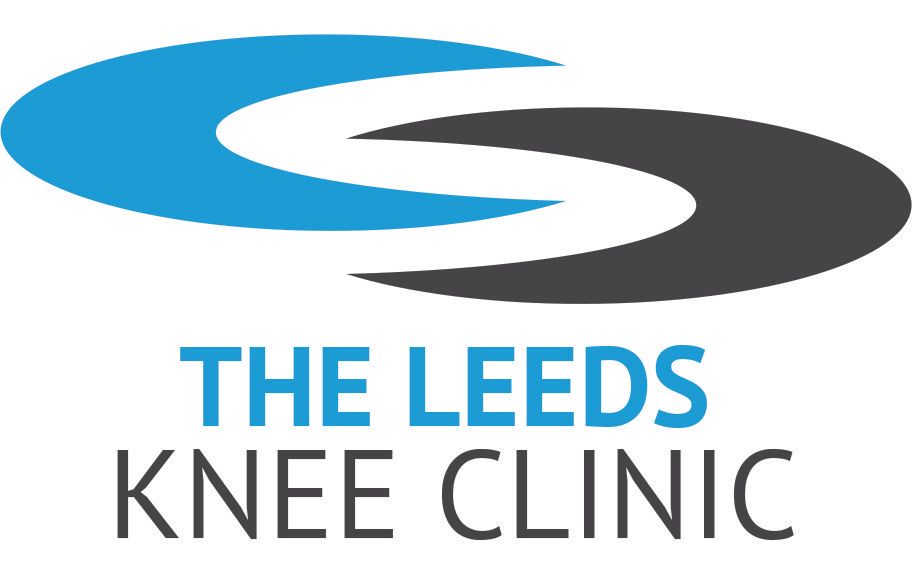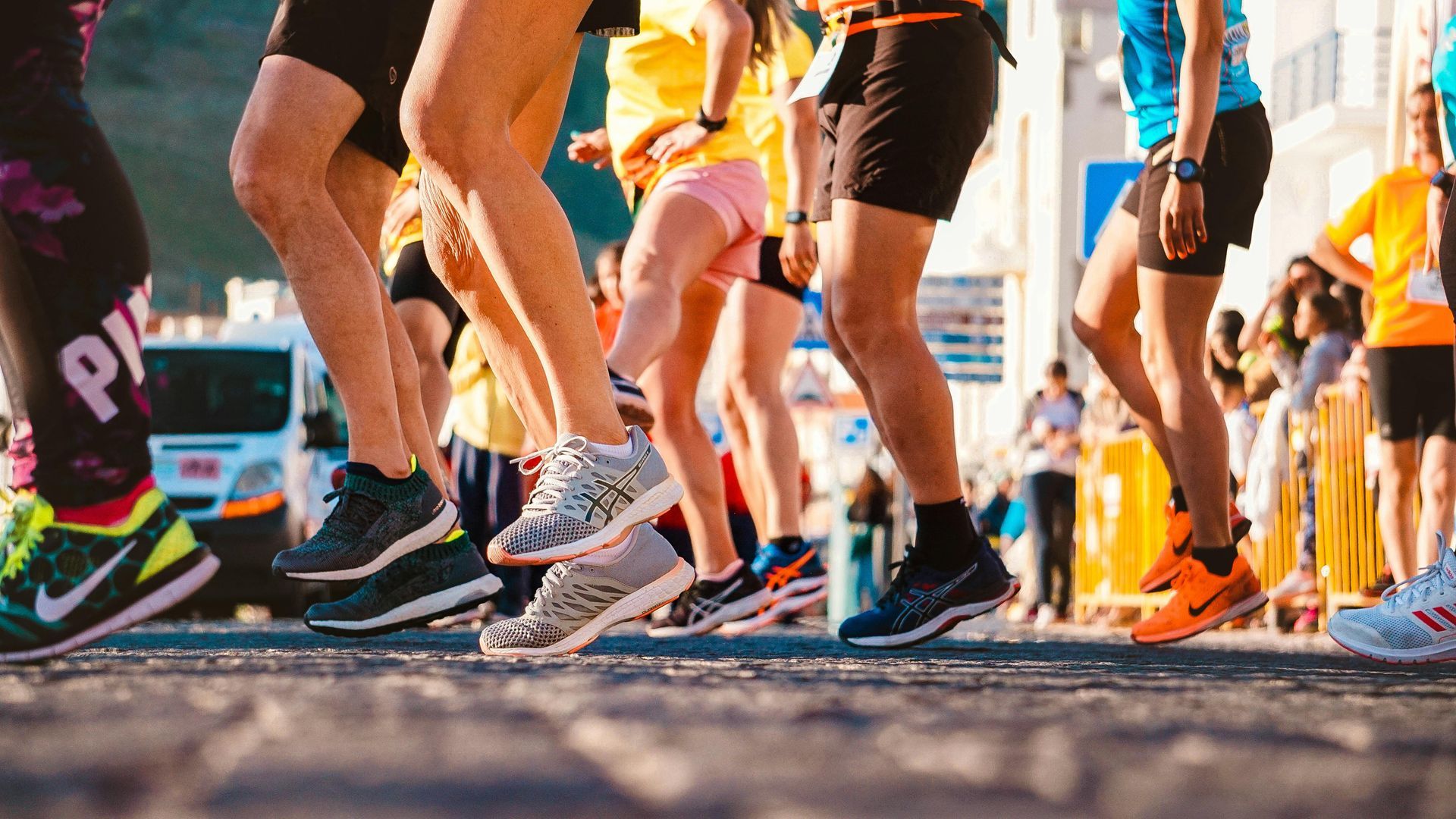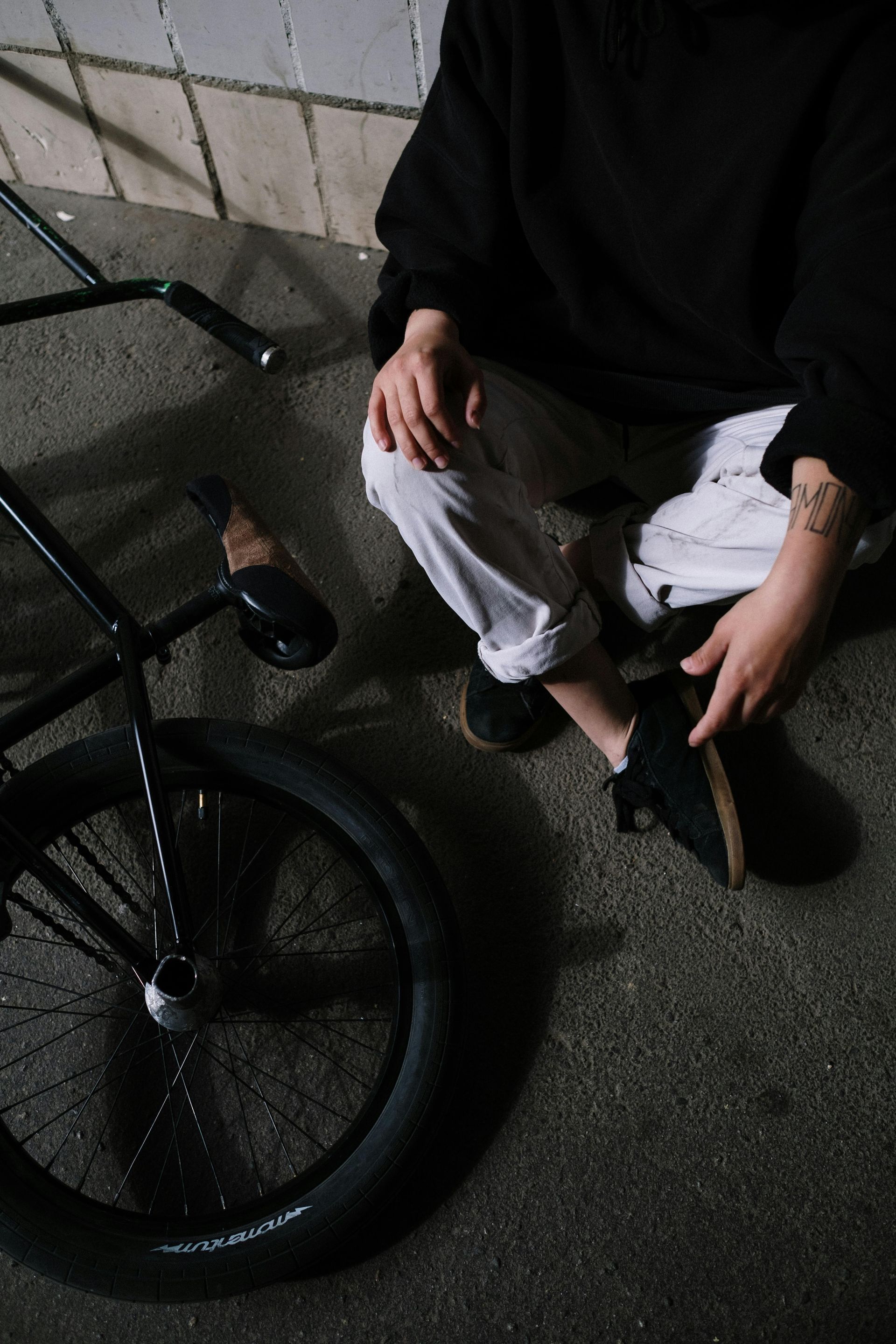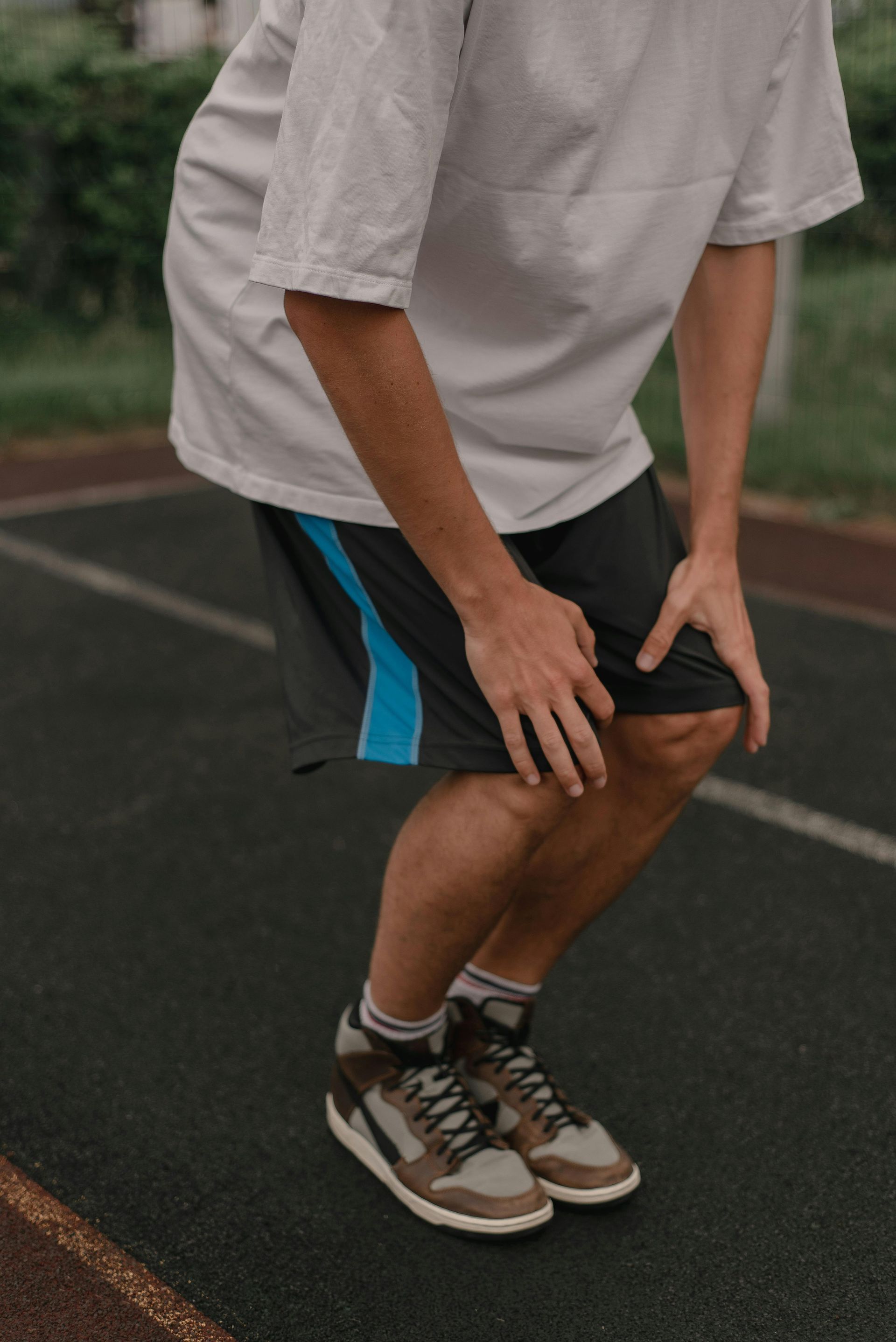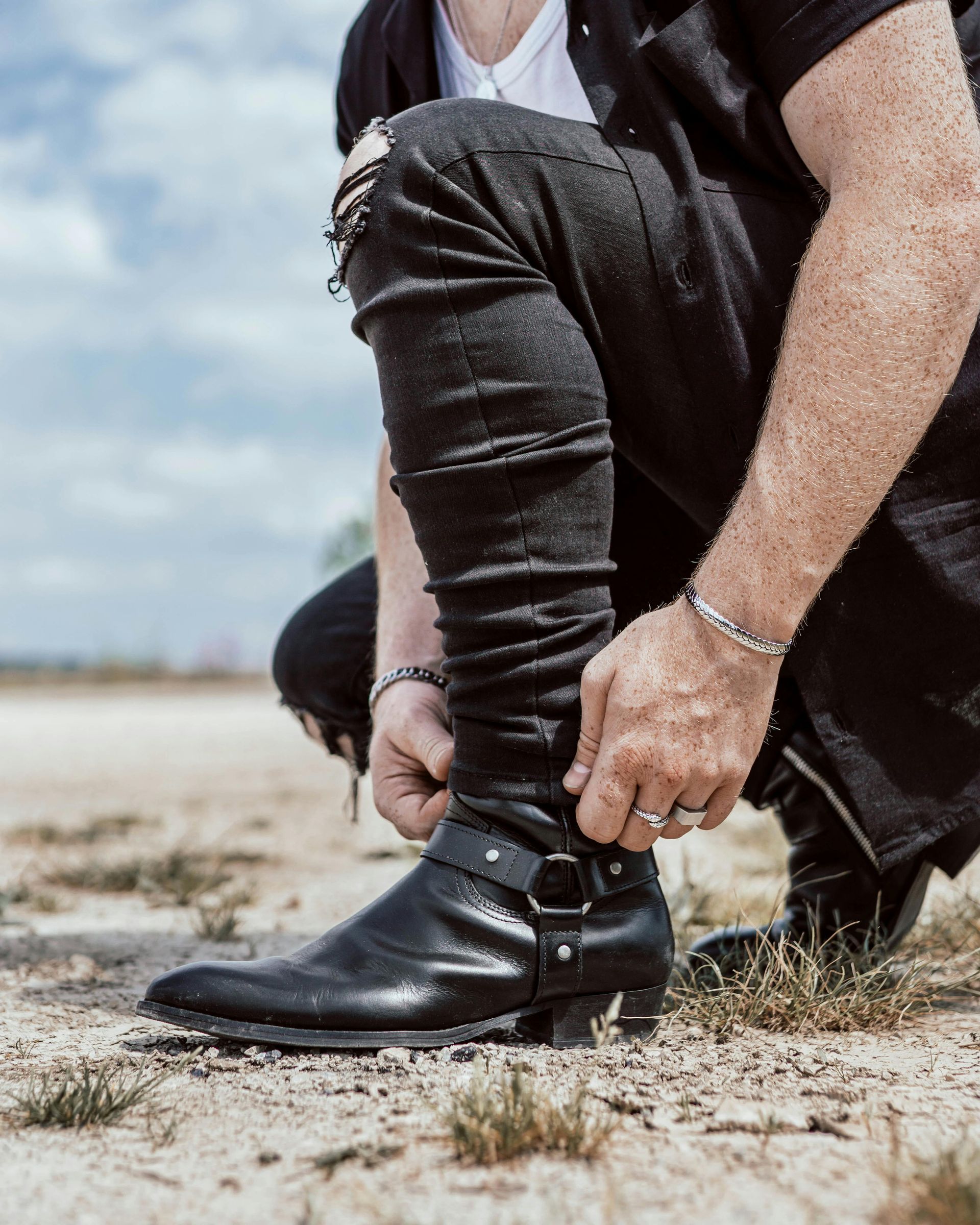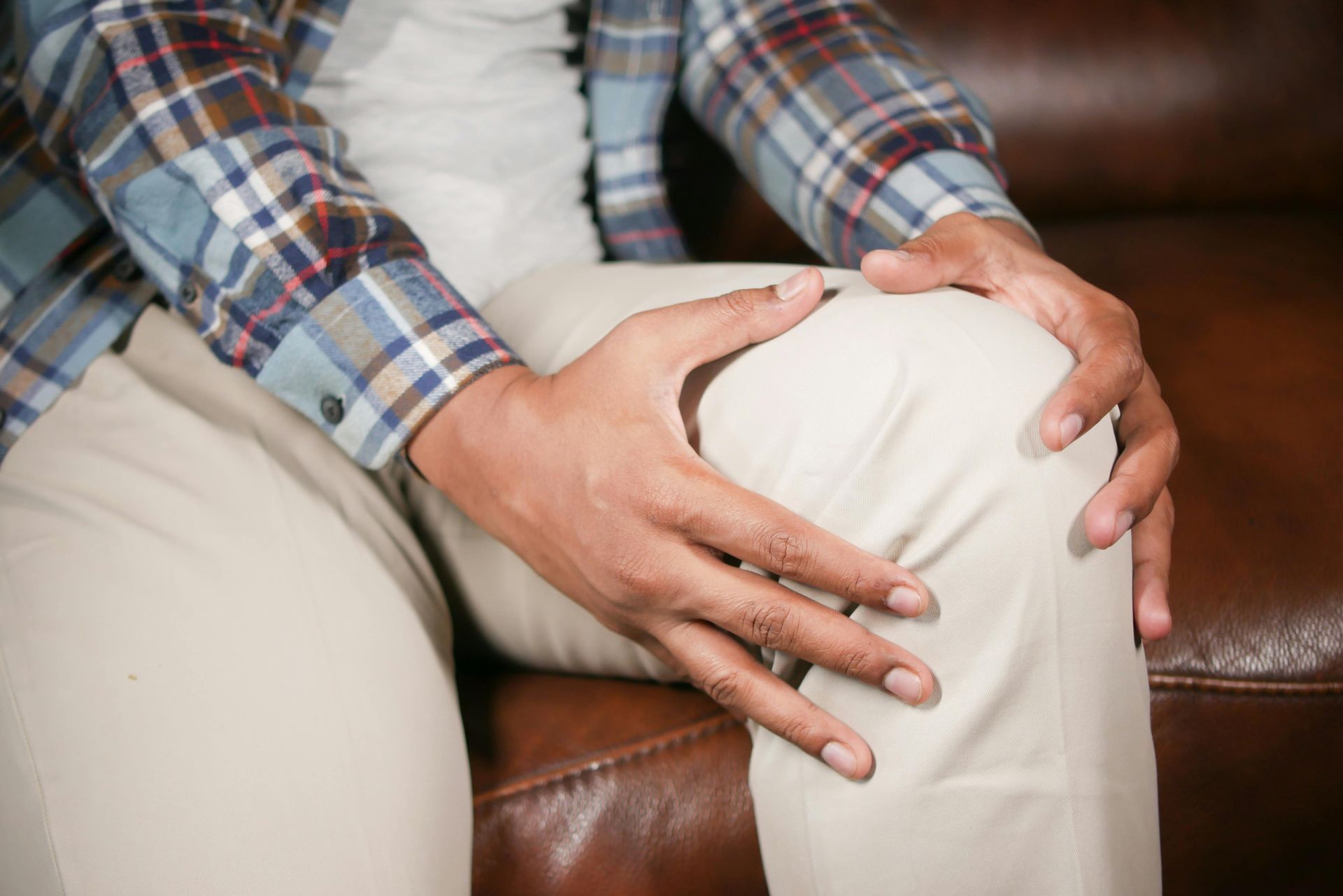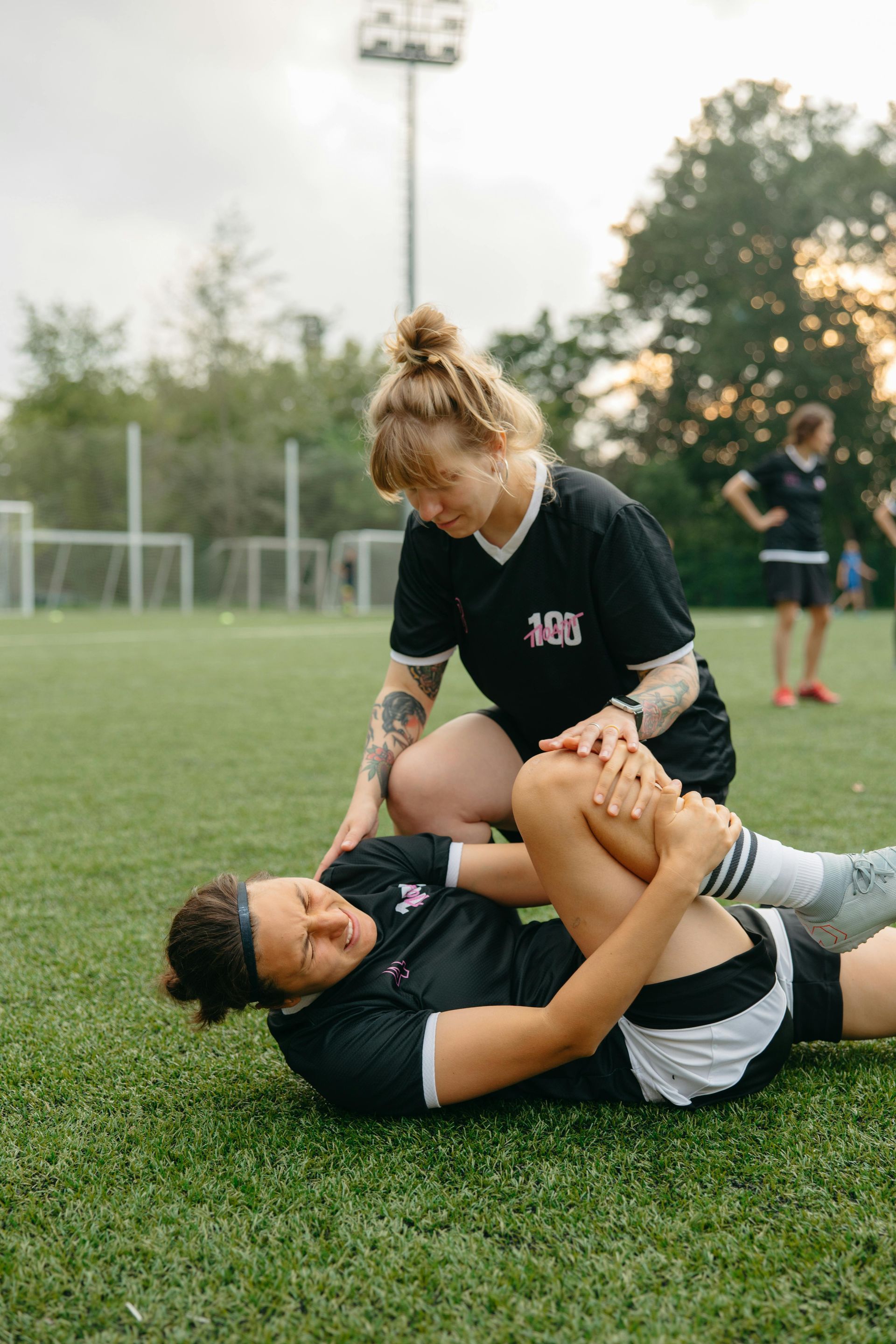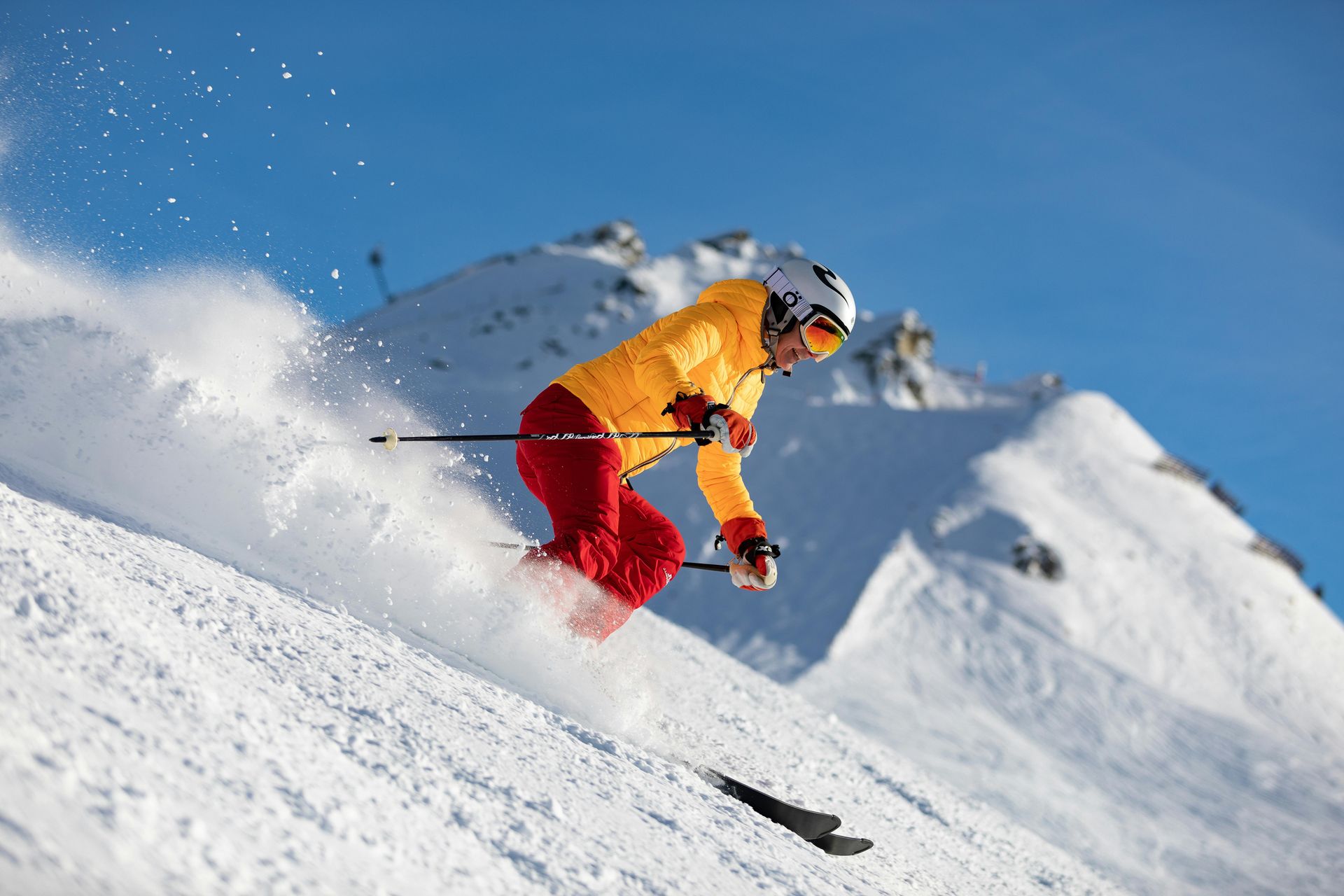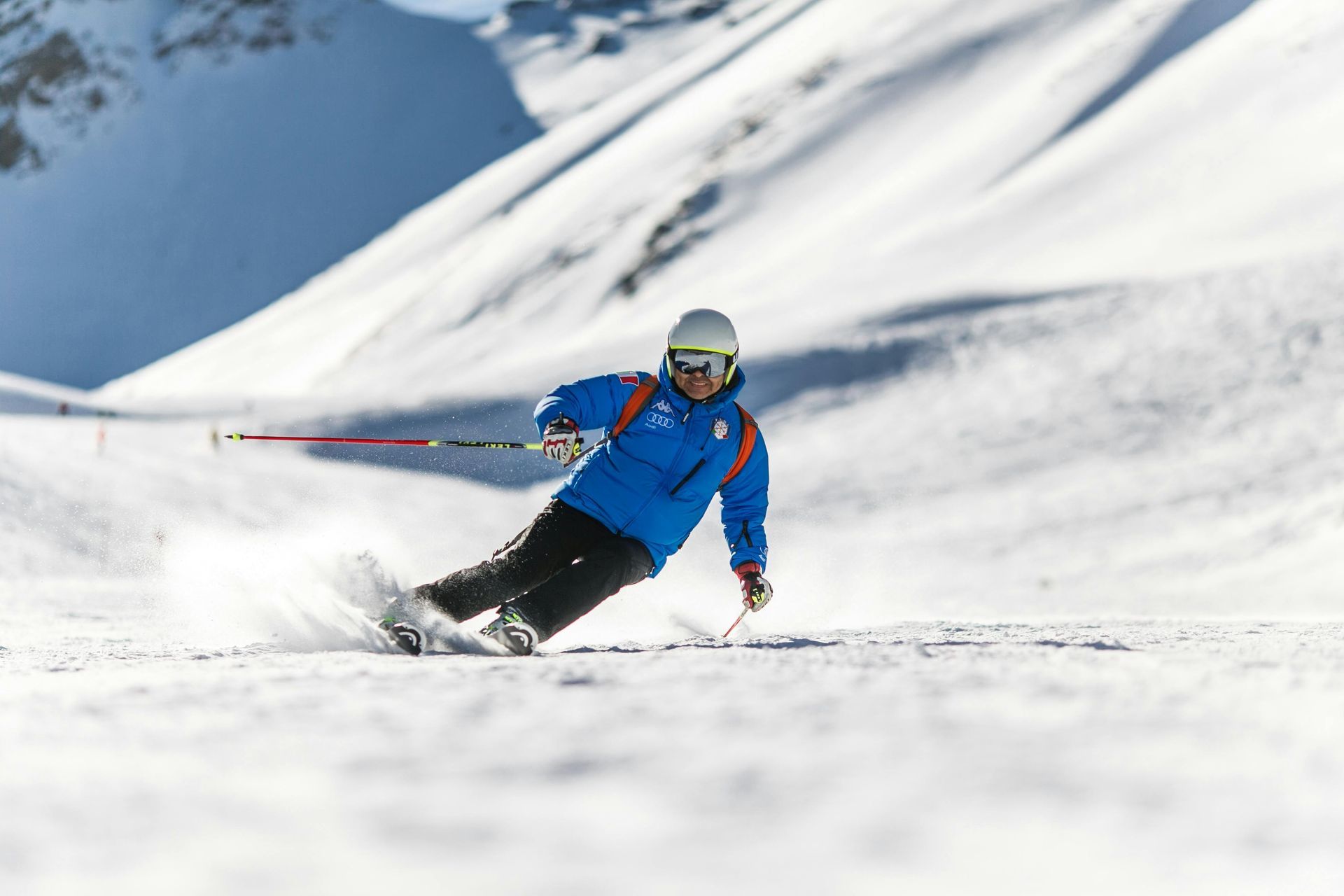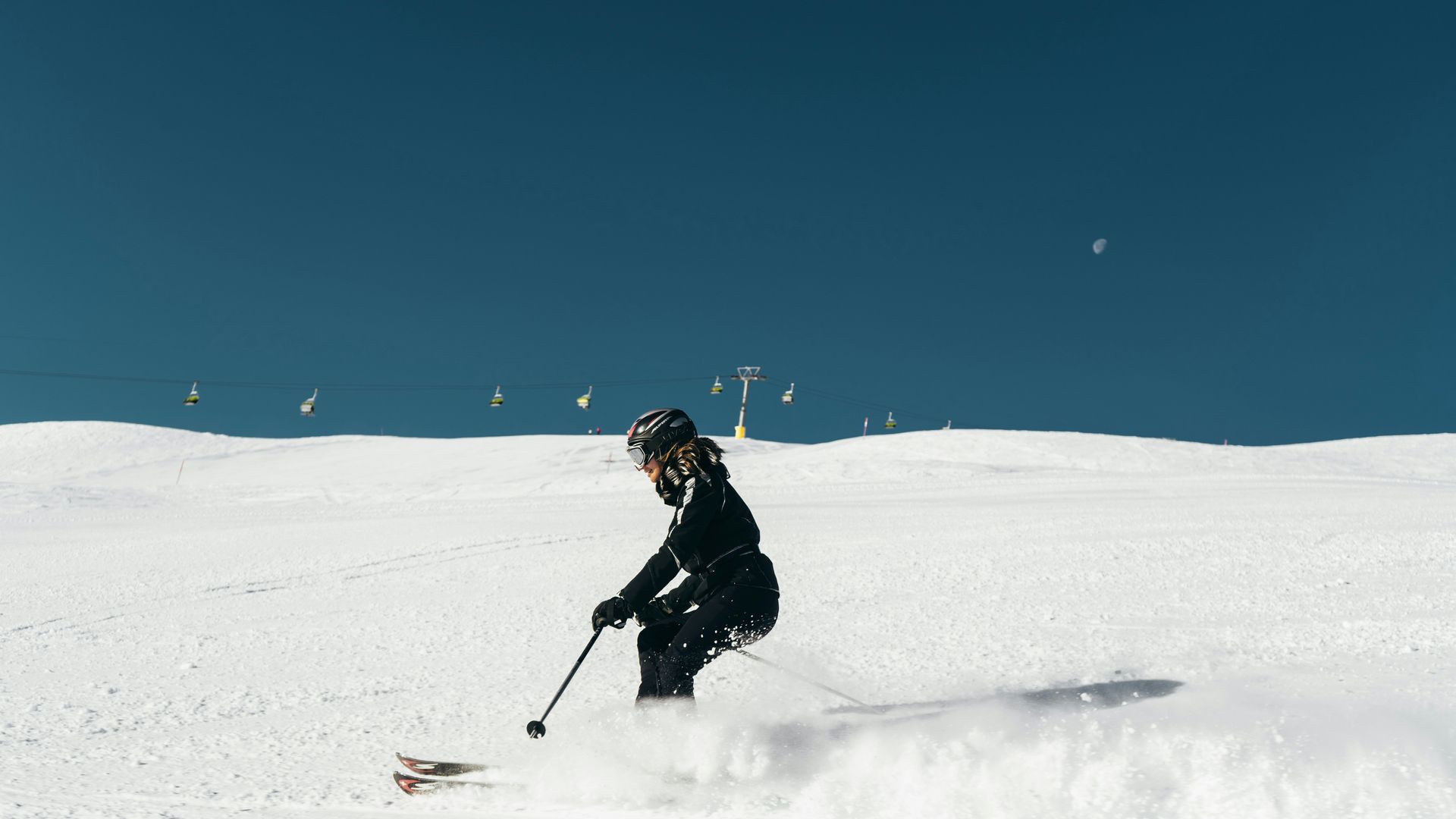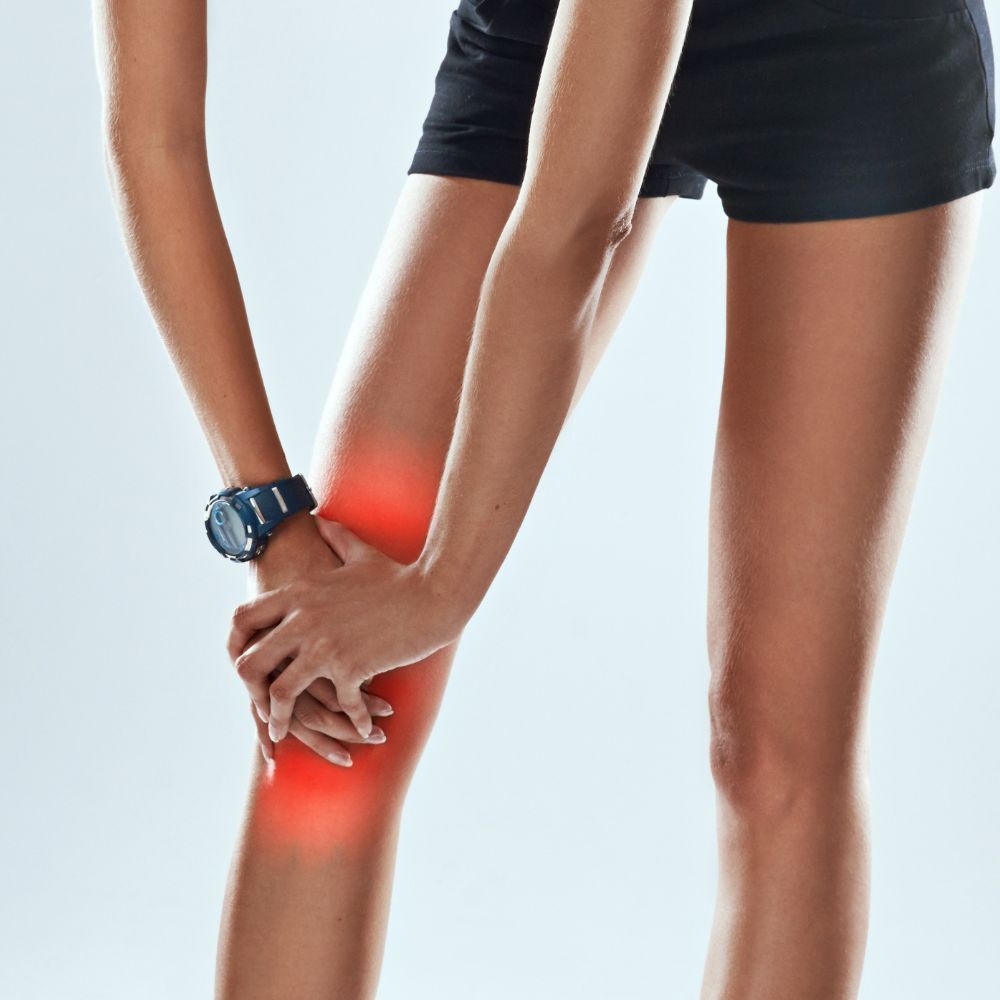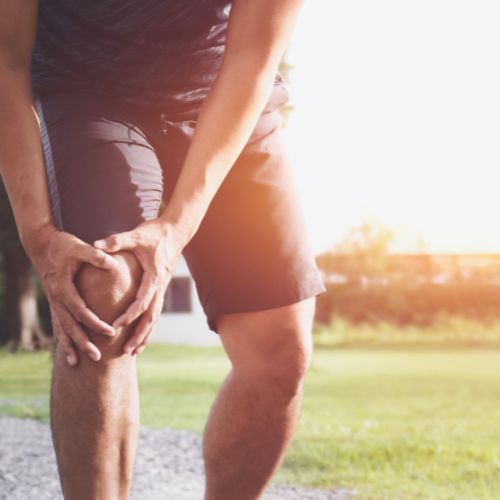Running Into Problems : Common Knee Problems for Runners
As we enter Autumn, we enter what is commonly known as runner season. The nicer running conditions and the cooler temperatures make it an ideal time to brush off the running shoes and get back into the 5Ks. Combined with the numerous marathons that are all over the calendar this time of year, there’s going to be a load of new runners as well as people returning to the habit of running over the coming months.
This influx of new and old does mean that knee pain will also be an accompanying experience for many.
Knee pain for runners is particularly common and it can be difficult for new runners to identify what is wrong. This article will aim to help you identify the pain you might be experiencing while running and what you should be doing about it.
Runner’s Knee
The most common knee pain for runners is known as ‘runner’s knee’ but what that actually means can be quite different. It’s basically a catch all phrase for pain around the knee that commonly occurs with running. In general, this often refers to patellofemoral pain syndrome (PFPS), which is pain towards the front and top of the knee where it meets with the thigh bone. This will commonly flare up during running but can also show during periods of rest. If you suspect that you might be suffering with PFPS, it’s always best to get a diagnosis as it can be confused with other similar knee injuries. For PFPS, the treatment is relatively simple; it’s just a case of resting it and taking the usual painkillers. If it is a recurring problem, stretches, orthotics and tape might help reduce the pain and limit the chance of it continually recurring.
ITB Syndrome
The other most common way ‘runner’s knee’ can present is Iliotibial Band (ITB) Syndrome, which is responsible for 12% of running injuries. The Iliotibial Band is a tendon that runs from the hip to the knee and the friction caused by overuse can cause this band to become inflamed. Similarly to PFPS, the pain will often be towards the top and front of the knee. ITB syndrome can also be caused by running up or down an incline, a lack of proper warm up or cooldown or poor running technique. Treatment again is mostly rest and painkillers but you can also make an impact by working on your posture and running technique which will reduce the pressure being put on the band.
Shin Splints
For new runners,
shin splints are a common pain point. Returning to or starting high levels of exercise can cause uncomfortable pain in the shins while running as well as some tenderness towards the front of your lower leg. While not strictly linked to the knee, the two can often come hand in hand and cause some pain towards the lower end of the knee.
Shin splints are common but relatively minor injuries. Ice packs, painkillers and rest are the best strategy but they are often a sign you need to be more gradual with upping your exercise.
Patellar Tendinitis
Commonly known as
Jumper’s Knee, this injury is more common amongst jumping sports such as
skiing or basketball but it can also occur in runners, particularly with runners that run on an incline. The injury comes from overuse and pressure on the tendon connecting the knee to the shinbone, causing pain towards the bottom of the knee. General rest and cooling will help here but something to be careful of is swelling or significant redness under the knee. This might suggest something more serious and is worth consulting a knee specialist about. You should consult your doctor if this is a recurring issue, especially if you aren’t exercising through ‘jump-related sports’.
Bursitis
Bursitis is the inflammation of the fluid-filled sacs (bursa) that cushion your joints. Most relevant to runners are the joints and tendons around the knee but bursitis can also present around the hip. The most common symptom is just general pain but you may also find swelling or a visible lump around the knee, typically underneath. The best remedy is again rest, ice and painkillers but keep active tabs on the pain and the lump. If it fails to go away after 2 weeks or you are having difficulty moving the joint, you should get in contact with your doctor immediately who will be able to run tests on it to ensure that it isn’t infected or covering up another injury such as a ligament tear.
ACL or Meniscus Tears
While hopefully not too common for new runners,
ligament tears can occur while running and are one of the most common long-term injuries faced by runners. The most common ways of tearing your ligaments are through falls or sharp turns with the ligaments weakened by overuse. You may hear an immediate popping sound during a tear followed by considerable discomfort during movement as well as significant swelling.
It is recommended to immediately cease exercise until the swelling subsides and pain diminishes but if it isn’t getting any better after a few days, consult with your doctor who will be able to assess the condition of your knee and recommend next steps. Depending on the severity of the injury and your circumstances, it may just be a long case of rest and recovery but in more serious cases, you may need surgery to repair the ligament.
As you begin your return or your journey into running, be aware that some minor pain is likely but frequent and recurring pain is a sign that something is wrong. It might not be serious but even a niggle can be a sign of something serious so if you are concerned about your knees or the pain you are experiencing, please consult your doctor or a knee specialist.
We have bookings available for knee consultations and experience with sports injuries as well as working with professional athletes and guiding them back to full fitness. Even if it’s for some friendly advice, please don’t hesitate to get in touch with our team. We’ll do our best to give you the advice and reassurance you need to get back on the right track.
